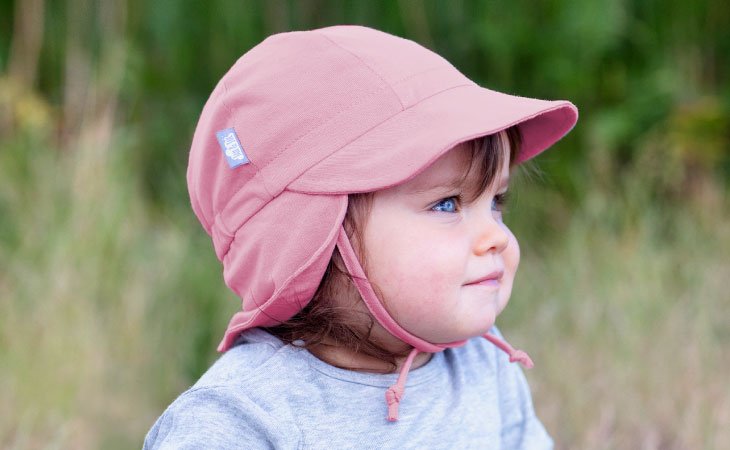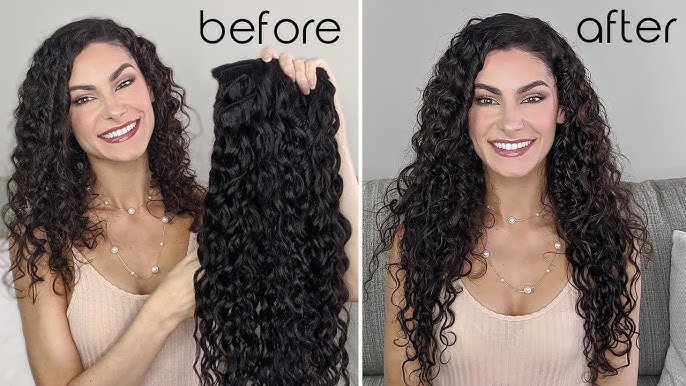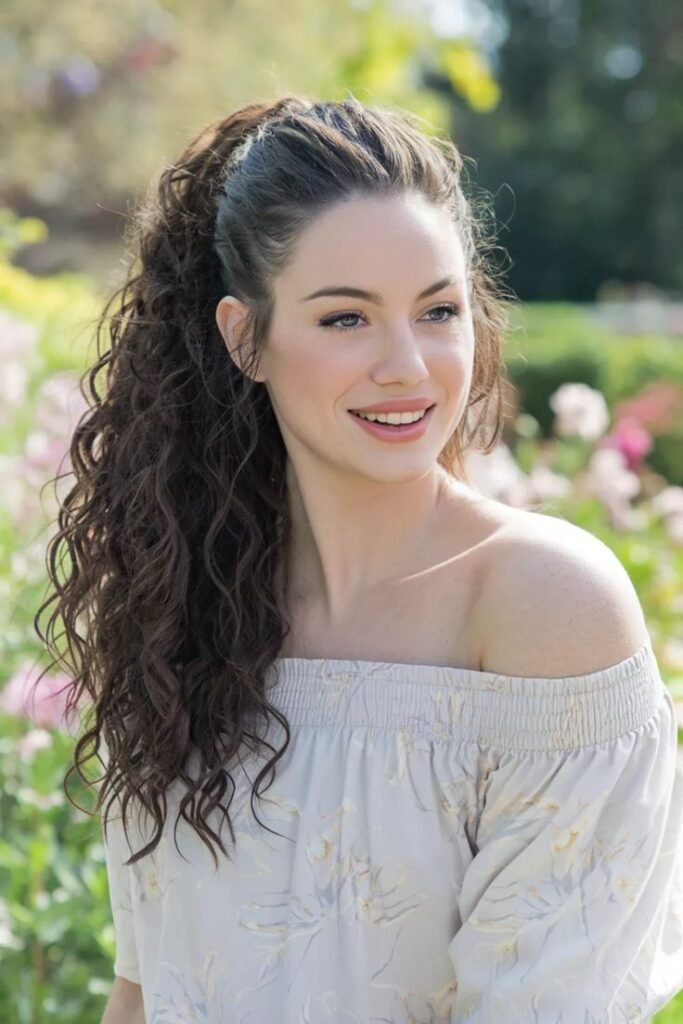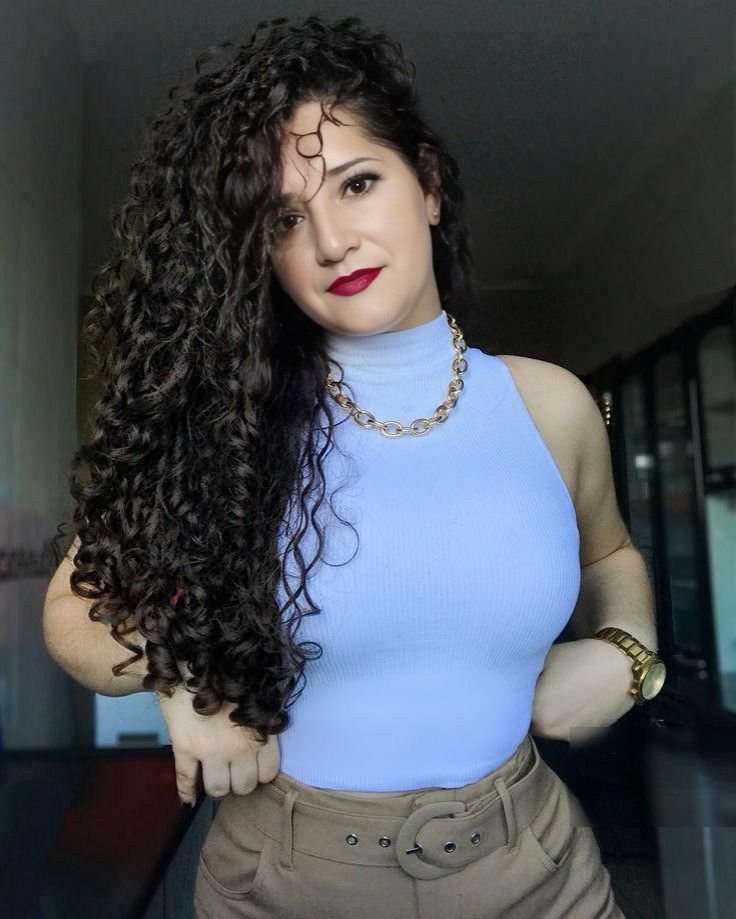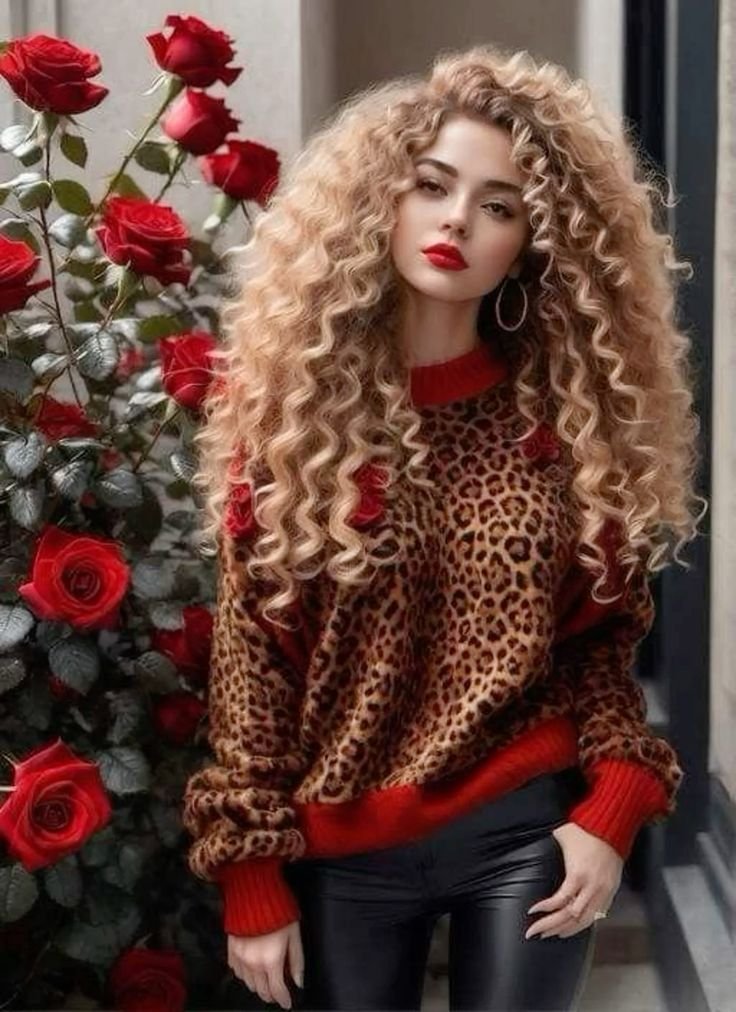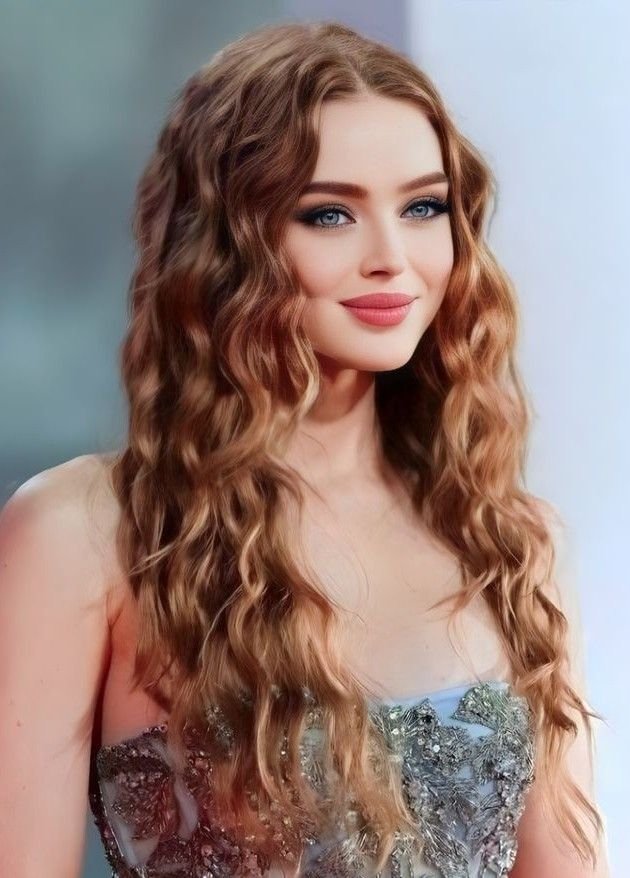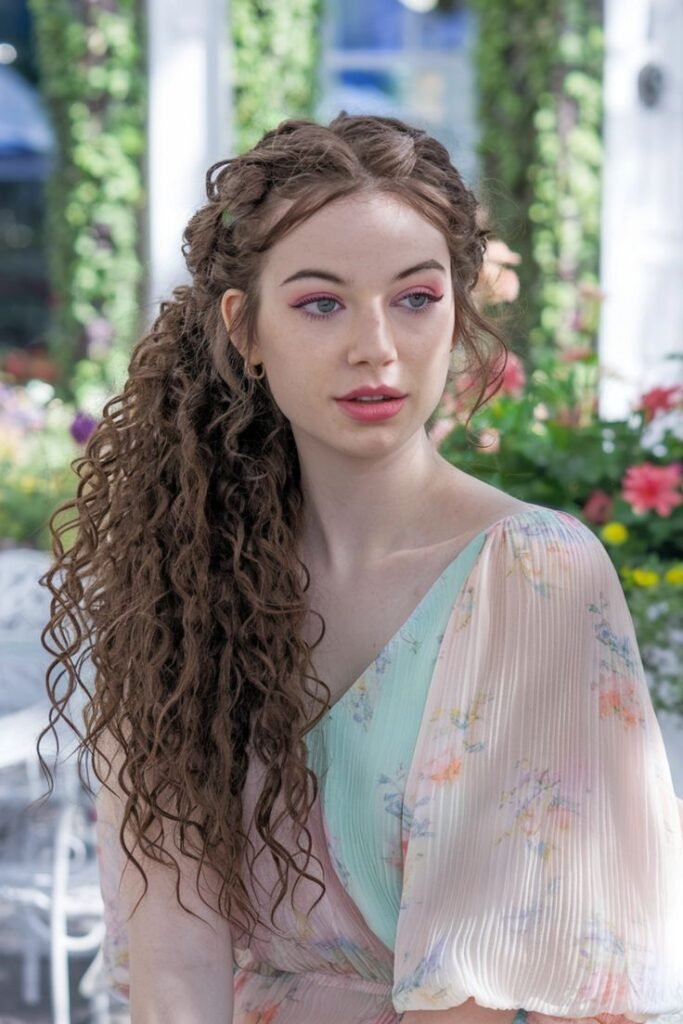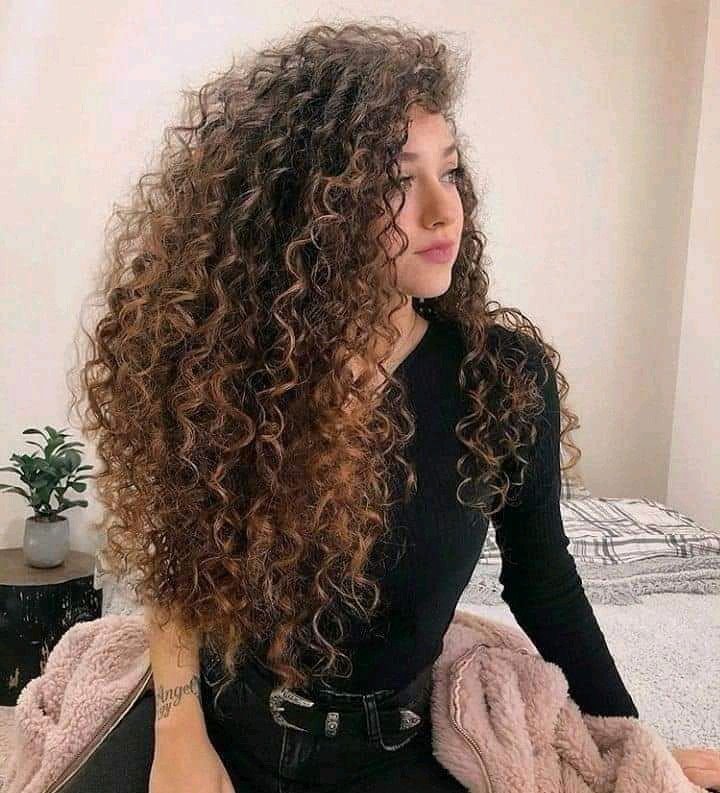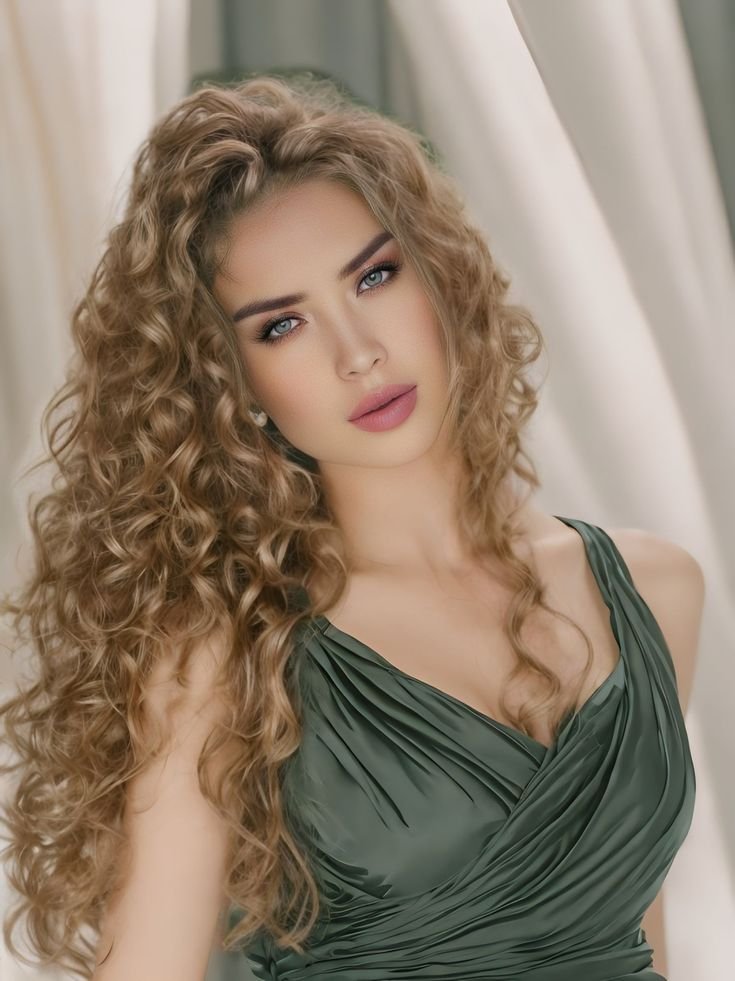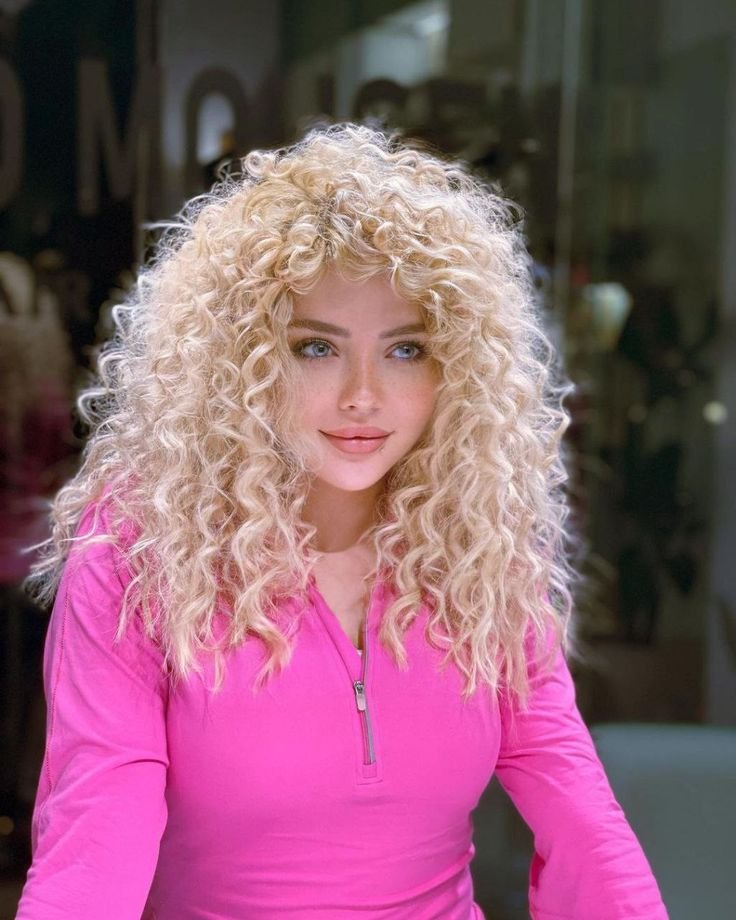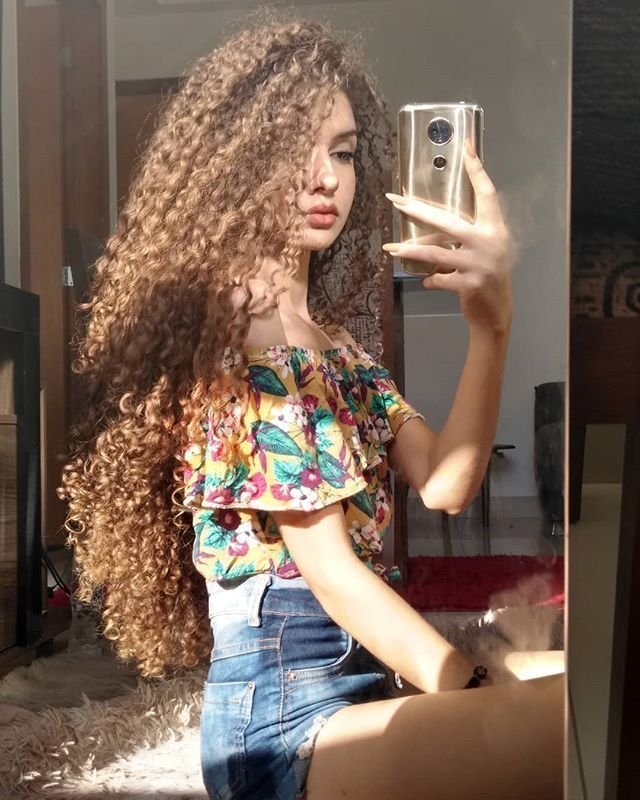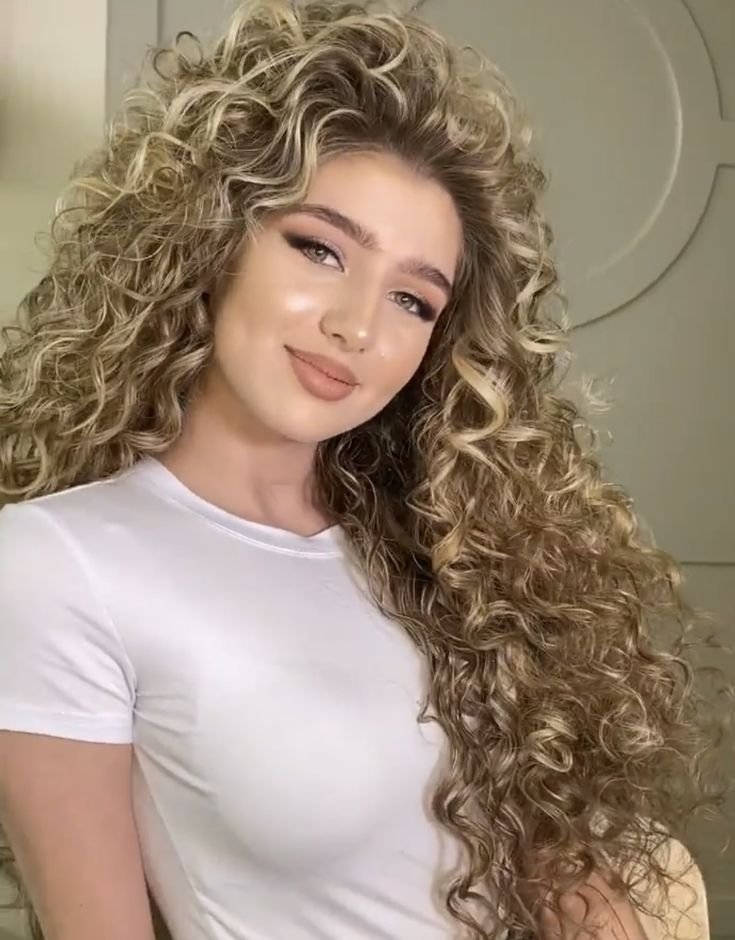In a world where straight hair once dominated beauty standards, the natural texture revolution has emerged with remarkable force, bringing curly hair into the spotlight. Curly hair, with its unpredictable spirals and unique character, is no longer seen as unruly or wild. Instead, it is now celebrated as a symbol of individuality, confidence, and cultural pride. As more people embrace their natural curls, the beauty industry, social media, and pop culture are redefining what it means to have “good hair.”
The Natural Hair Movement and Its Impact
The resurgence of the natural hair movement has dramatically altered how people perceive and care for curly hair. For decades, many individuals with textured hair felt pressured to conform to straight-hair norms, often turning to chemical relaxers, flat irons, and blowouts to fit a mainstream ideal. This expectation was rooted not only in beauty trends but also in deeper societal pressures surrounding professionalism, acceptance, and assimilation.
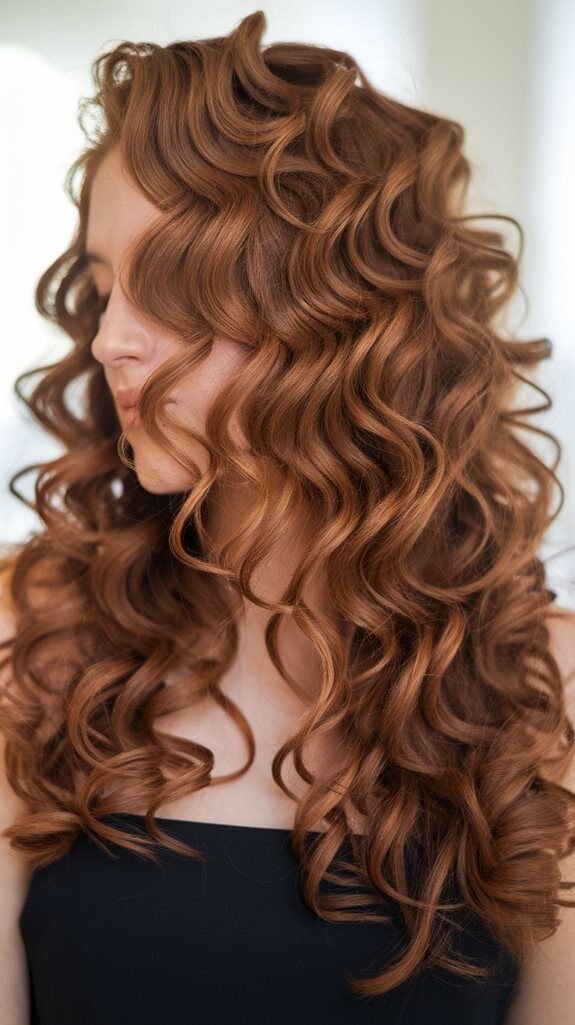
However, as conversations around authenticity, identity, and self-love gained momentum, the narrative began to change. Influencers, celebrities, and everyday people started sharing their natural hair journeys—showing the world that curly hair is not something to tame or hide, but rather to nurture and celebrate. This cultural shift gave rise to a new appreciation for coils, kinks, and waves in all their forms, making curly hair a defining trait of beauty, not a deviation from it.
Understanding the Science of Curls
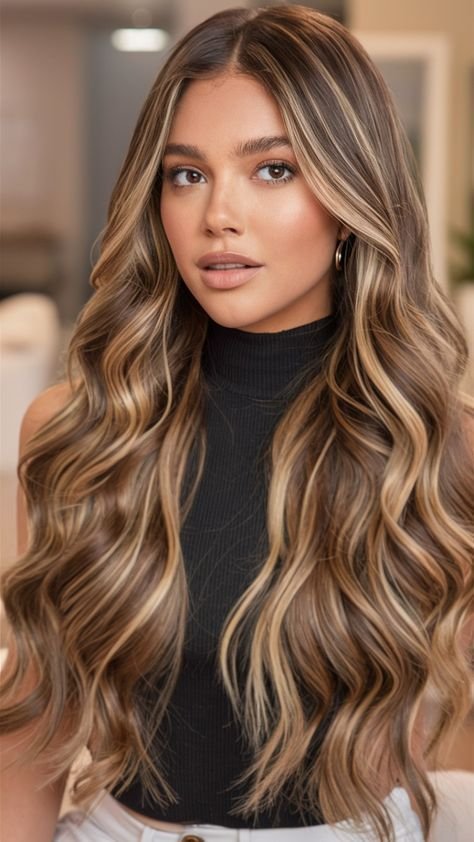
Curly hair isn’t just a visual feature—it’s a structural marvel. The curl pattern is determined by the shape of the hair follicle. Round follicles produce straight strands, while oval or asymmetrical follicles generate varying degrees of curliness. In addition, the angle at which the hair grows from the scalp also plays a significant role in how much a strand bends and coils.
Curly hair tends to be more porous and drier than straight hair. This is because the natural oils produced by the scalp have a harder time traveling down the twists and turns of each strand. As a result, curly hair requires special care and attention to remain healthy and defined. Its unique composition is why so many people experience frizz, breakage, or loss of curl pattern when the hair is not properly maintained or hydrated.
Understanding this science is crucial for appreciating curly hair’s distinct needs. It’s not just about styling—it’s about respecting the biology of textured strands and learning how to work with, not against, nature’s design.
Identity and Expression Through Curls
For many individuals, curly hair is deeply tied to personal identity. It reflects cultural heritage, family history, and even political stance. In numerous communities—particularly among Black, Afro-Latinx, and Indigenous populations—curls carry stories of ancestry, resilience, and pride. Embracing natural curls can therefore become an act of reclaiming power and redefining beauty on one’s own terms.
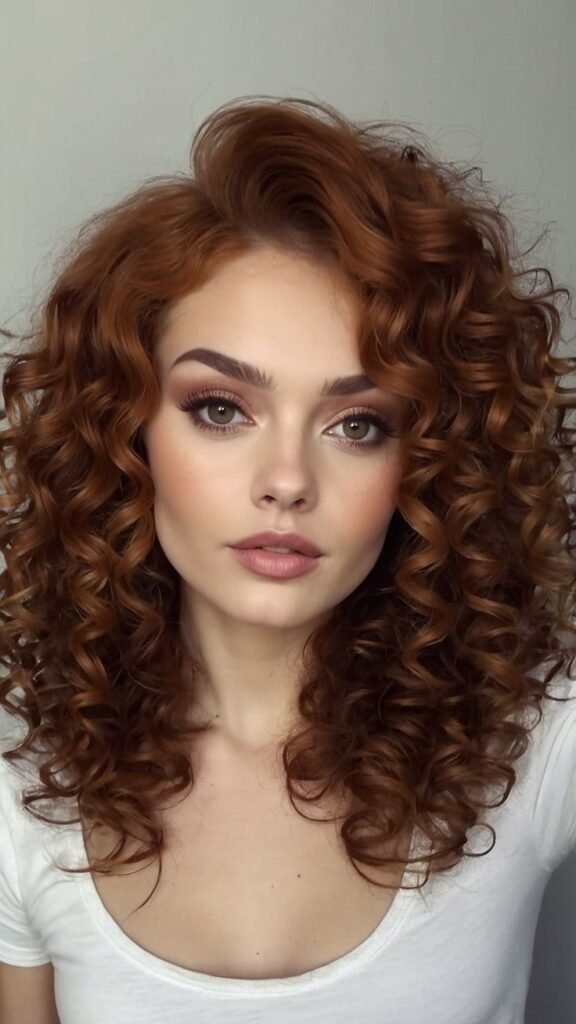
Beyond cultural significance, curls also provide a canvas for creative self-expression. Whether worn loose, in an afro, styled into twists or braided patterns, curly hair allows for versatility and artistry. This range of styling possibilities means that no two curly-haired individuals ever look quite the same, even when using similar techniques. Each curl pattern becomes a fingerprint, a personal signature that evolves over time.
This intimate connection between hair and identity often turns routine care into ritual. Washing, detangling, deep conditioning, and styling are not merely steps in a routine—they’re acts of self-care, connection, and affirmation.
The Curly Hair Industry Revolution

With the increasing visibility of curly hair, the beauty industry has responded with a wave of innovation. Gone are the days when product aisles were dominated by one-size-fits-all solutions tailored to straight hair. Today, shelves are filled with sulfate-free shampoos, curl-defining creams, leave-in conditioners, and hydrating oils designed specifically for different curl types.
Brands both big and indie have taken note, developing lines that cater to curly, coily, and wavy textures. More importantly, these products are now formulated with ingredients that support rather than strip the hair. Ingredients like shea butter, coconut oil, aloe vera, and silk proteins are commonly found in products that help retain moisture and enhance definition.
This shift isn’t just commercial—it reflects a growing demand for authenticity in beauty products. Consumers want to see themselves represented in ads, campaigns, and product development. As a result, the curly hair industry has become a dynamic space for inclusivity and innovation, bridging the gap between cultural appreciation and modern-day beauty needs.
Curly Hair and the Modern Salon Experience
Salons, too, have evolved in response to the natural hair movement. Specialized curl salons have emerged in cities worldwide, offering services tailored to textured hair. These spaces are more than styling hubs—they are safe, affirming environments where curl education is just as important as the finished look.
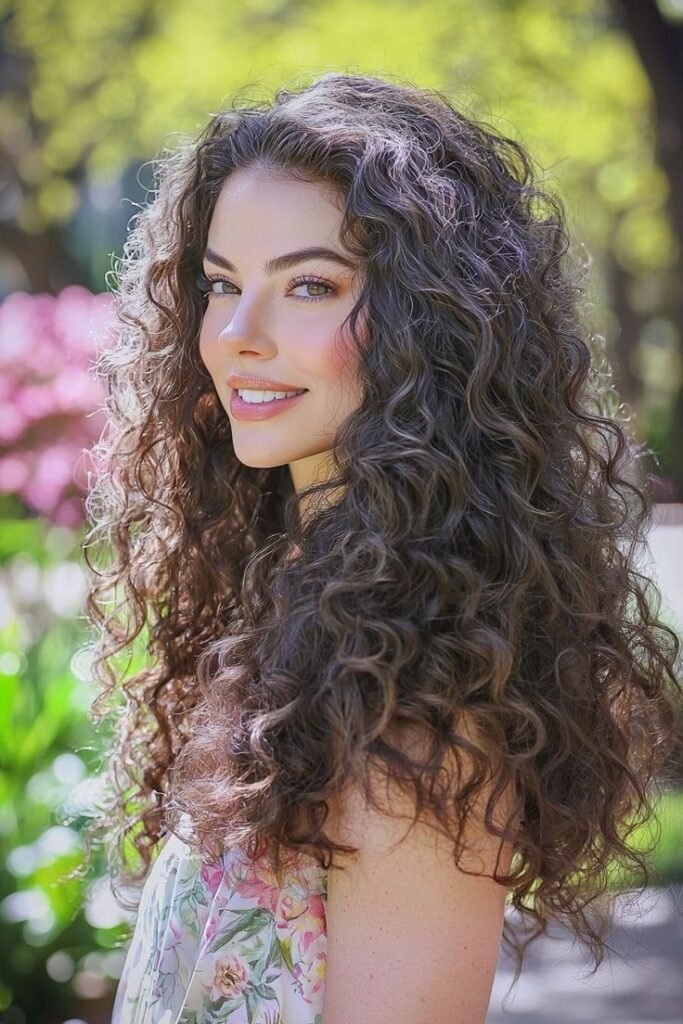
In a curl-centric salon, stylists are trained to cut dry curls in their natural state rather than using the traditional wet-cutting method. This approach allows for better shaping and respects how curls shrink and stretch. Stylists also take time to teach clients about curl care, recommending regimens based on individual porosity, density, and curl type.
These salons serve as important spaces for community building and transformation. Many people walk into their first curl appointment with a history of damage or insecurity—and leave with a renewed sense of pride and knowledge. The emotional impact of having one’s curls properly understood and cared for can be deeply empowering.
The Role of Social Media and Digital Education
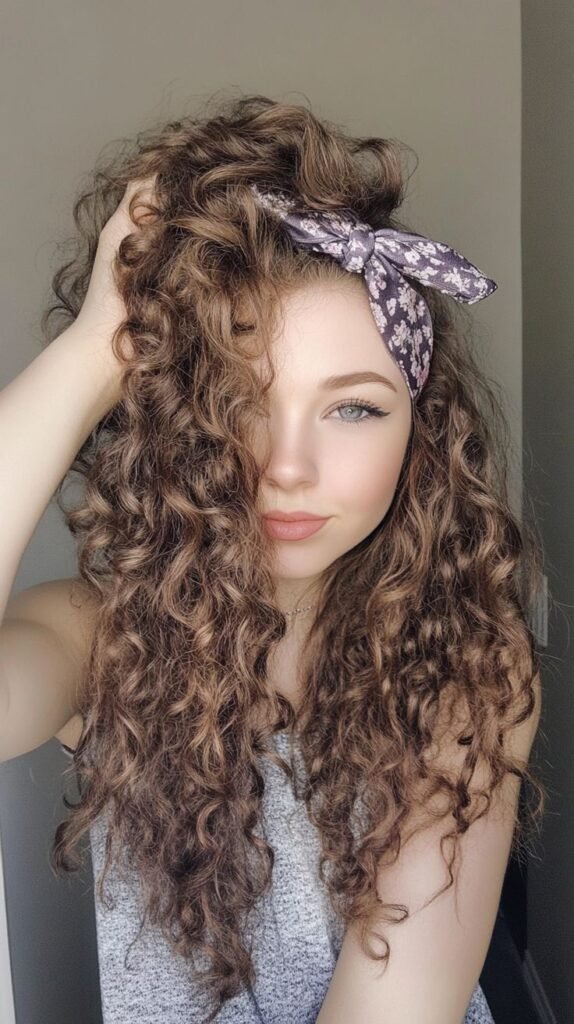
Social media has played a pivotal role in elevating curly hair culture. Platforms like YouTube, Instagram, and TikTok are filled with creators sharing tutorials, product reviews, and personal journeys centered around natural hair. These digital communities have become lifelines for those navigating the world of curly hair for the first time.
Unlike traditional beauty magazines, these creators represent a spectrum of textures, backgrounds, and experiences. Their openness about challenges—like transitioning from chemically treated hair, dealing with shrinkage, or mastering wash-day routines—creates relatable, supportive environments where followers can learn and grow together.
Social media has also increased demand for representation in advertising, television, and fashion. As curly-haired influencers grow their audiences, they are proving that textured hair is not just trendy—it is influential, aspirational, and here to stay.
Curly Hair as a Journey, Not a Destination
Perhaps one of the most profound aspects of having curly hair is realizing that it’s not a static trait—it’s a journey. From childhood through adulthood, many people go through phases of experimenting, embracing, or even resisting their curls. Climate, hormones, and product choices can all alter the curl pattern over time, making hair care an ever-evolving process.
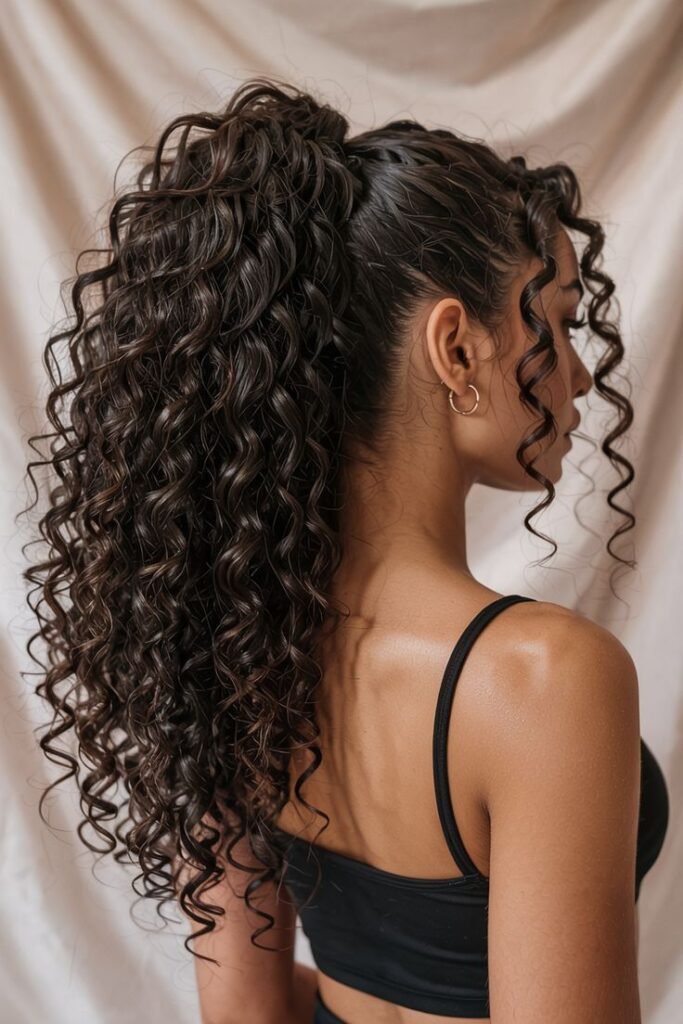
There’s no universal path to mastering curly hair. What works for one person may not work for another, and that’s part of the beauty. The learning curve encourages curiosity, experimentation, and patience. As people discover what their hair responds to, they often uncover new layers of self-awareness and confidence.
In this way, curly hair becomes more than a physical trait—it becomes a metaphor for life itself: unpredictable, resilient, and uniquely one’s own.
Looking Toward the Future of Curly Hair
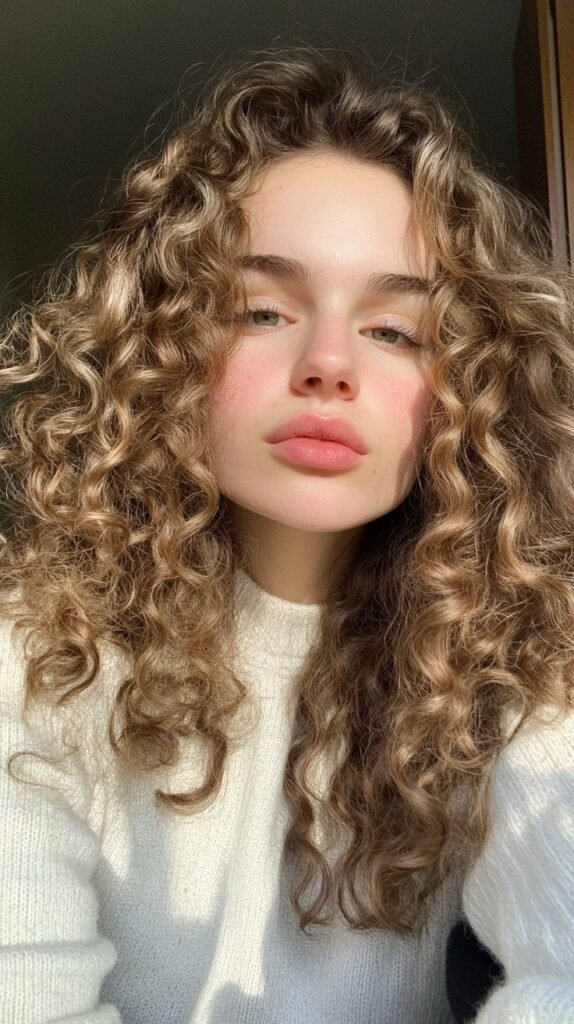
As society continues to embrace texture and diversity, the future of curly hair looks bright. Children today are growing up in a world where curls are not hidden but celebrated. Toy companies, media outlets, and educational institutions are beginning to showcase curly-haired characters, role models, and imagery that reflect the real world.
This visibility is vital. When children see their natural features honored in media, they learn to value themselves without the need for transformation. This nurtures confidence, reduces insecurities, and promotes mental well-being from a young age.
In the beauty world, innovation is set to continue. Advances in ingredient technology, personalized hair diagnostics, and AI-based curl coaching apps are opening new doors for even more customized curly hair care. Meanwhile, consumer demand for clean, transparent, and cruelty-free products ensures that the industry evolves with both ethical and aesthetic integrity.
Conclusion: Celebrating Every Curl
Curly hair is not a trend. It’s a timeless expression of personality, culture, and strength. From its rich historical roots to its modern-day prominence, curly hair tells stories that go far beyond surface beauty. Each curl, kink, and wave is a testament to individuality and the power of self-expression.
To truly care for curly hair is to celebrate it. It means understanding its needs, honoring its origins, and embracing its natural rhythm. Whether worn loose and wild or shaped and styled, curly hair is a crown—unapologetic, beautiful, and entirely your own.



